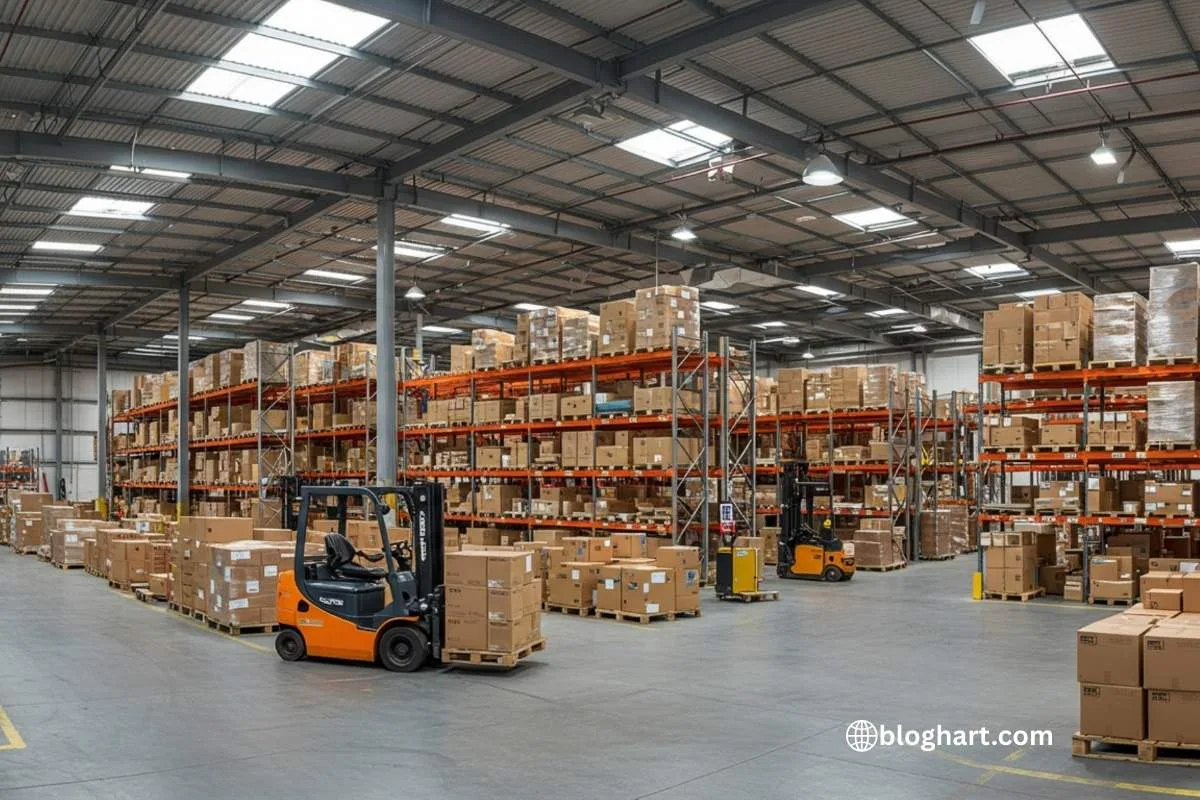Essential Practices for Third-Party Logistics in Managing Modern Warehouse Facilities

Managing warehouse facilities is a crucial aspect of third-party logistics (3PL) operations. But how can logistics companies ensure seamless operations and efficient management of modern warehouses? What practices can optimise performance and reduce operational costs while maintaining high service levels? These are vital questions that 3PL providers need to address to meet the increasing demand for speed and accuracy in the present supply chain.
Warehouse management in the modern era has become more complex due to factors such as automation, real-time tracking, and ever-changing consumer expectations. This means that 3PL providers must adopt various best practices to ensure smooth operations. So, a well-managed 3pl warehouse is essential for meeting customer expectations, maintaining profitability and reducing operational risks.
1. Implementation of Advanced Warehouse Management Systems
Modern warehouses require the integration of advanced technology to track inventory, manage orders, and optimise workflows. Warehouse Management Systems (WMS) are a cornerstone of these operations. By using WMS, 3PL providers can streamline processes, reduce errors, and improve inventory accuracy. These systems allow for real-time monitoring of goods, which leads to faster and more efficient order fulfilment. WMS can also integrate with other systems like Transportation Management Systems (TMS) to enhance overall supply chain visibility. This integration ensures that orders are tracked from start to finish, which minimises the chances of lost or misplaced items.
2. Embracing Automation
The demand for faster deliveries has pushed many third-party logistics providers to invest in automation. Automated systems such as conveyor belts, robotic picking systems, and drones are now part of the warehousing. These systems increase efficiency and reduce human error and labour costs.
- Robotic Systems: Robots can automate the picking and sorting of items, which dramatically reduces the time needed to prepare orders.
- Drones: Drones assist in real-time inventory tracking, which provides an added layer of accuracy in stock management.
3. Priority for Safety and Compliance
Warehouse safety is a non-negotiable element in warehouse management. Third-party logistics providers must ensure their facilities comply with both local and international safety standards. This includes maintaining clear aisles, ensuring proper storage of hazardous materials, and training employees to handle equipment safely.
Furthermore, compliance with industry standards, such as WHS or OHS regulations and food safety protocols, must be upheld. Safety measures protect workers and safeguard inventory from damage or contamination. With stringent safety practices in place, 3PL providers can minimise workplace injuries and avoid costly penalties.
4. Utilising Data-Driven Decision-Making
Data analytics plays a pivotal role in the management of a modern 3pl warehouse. By collecting and analysing key performance indicators (KPIs), 3PL providers can make informed decisions to enhance operations. Data insights help identify inefficiencies, predict demand, and optimise inventory levels. Through advanced analytics, 3PL providers can also enhance customer service by offering more accurate delivery timelines. Predictive models can help forecast potential supply chain disruptions, which provides proactive solutions.
5. Fostering Sustainable Practices
Sustainability has become a significant focus in logistics and warehousing. Third-party logistics providers are increasingly adopting green practices to reduce their environmental impact. This includes implementing energy-efficient lighting, which reduces waste through recycling programs, and using eco-friendly packaging materials.
- Energy-Efficient Facilities: Utilising renewable energy sources and energy-efficient equipment minimises operational costs and carbon footprints.
- Waste Reduction: Recycling and reusing materials reduces landfill waste and cuts down on disposal costs.
Effective warehouse management in third-party logistics requires a combination of technology, safety, and sustainability. By adopting practices such as automation, advanced management systems, and data analytics, 3PL providers can optimise their operations. Thus, the focus on efficiency, safety, and sustainability ensures that businesses can meet the ever-growing demands of modern logistics.
If you’re thinking about expanding or shifting into distribution, you may also find this helpful: Resources for Launching a New Distribution Business — it offers practical tips and tools for startups in the distribution space.
